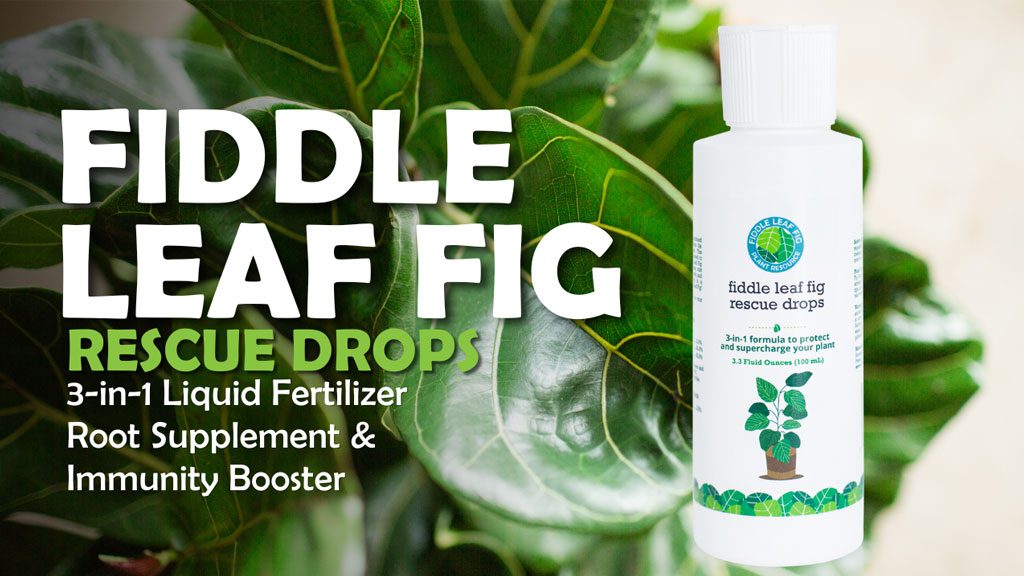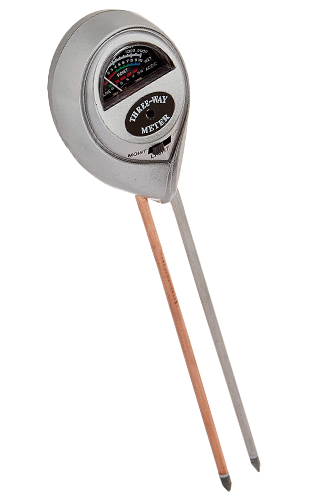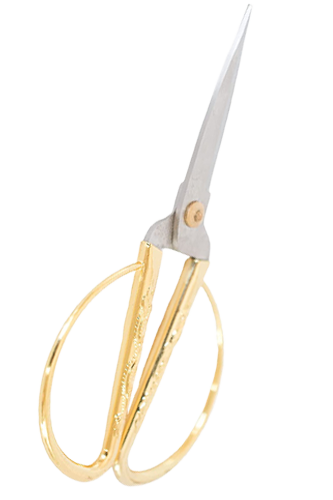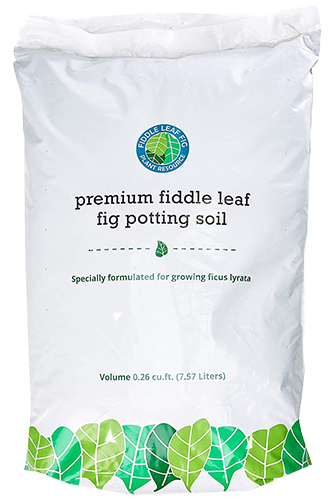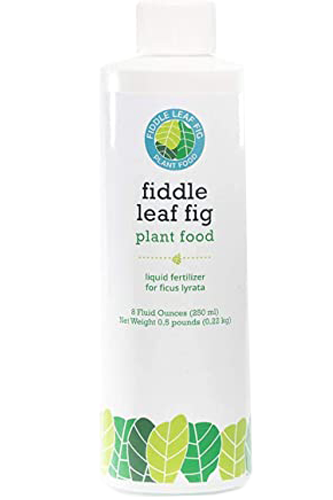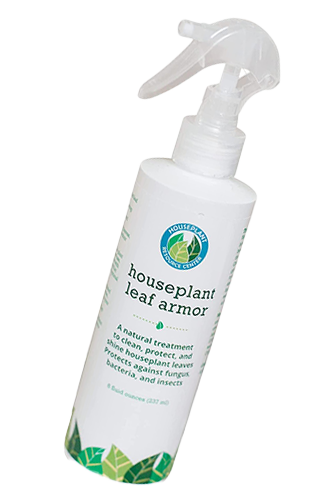Ficus Burgundy is an evergreen and popular perennial, adding eye-catching dimensions with its attractive and spectacular looks. The plant features striking dark green leaves with deep reddish variegation and a glossy sheen. The Ficus Burgundy is a dramatic and vigorous plant that offers an intriguing large green trunk similar to an elephant’s foot or tusk. It is also known as fiddle leaf fig because of its fiddle-shaped leaves. This wonderful houseplant looks great in any home or office room.
How do you care for Ficus Burgundy?
The Ficus Burgundy is a beautiful plant that can give you years of enjoyment. It is an easy to maintain plant and can thrive in warm and high humid conditions. It prefers well-draining, moist soil, and bright indirect light.
This article enlightens every care detail of Ficus Burgundy. Keep reading to learn about the complete care guide for this plant. We have also compiled all our experience in a fiddle leaf fig expert book to spread knowledge among plant parents.
| Common Name | Indian Rubber Tree |
| Botanical Name | Ficus elastica |
| Family | Moraceae |
| Origin | South and Southeast Asia |
| Soil | Well-aerated, Well-draining soil |
| Humidity | 50% or more |
| Temperature | 65-78 degree |
| Sunlight | Partial Indirect Sunlight |
| Pests | Mealybugs, scales, and spider mites. |
| Diseases | Bacterial leaf spot |
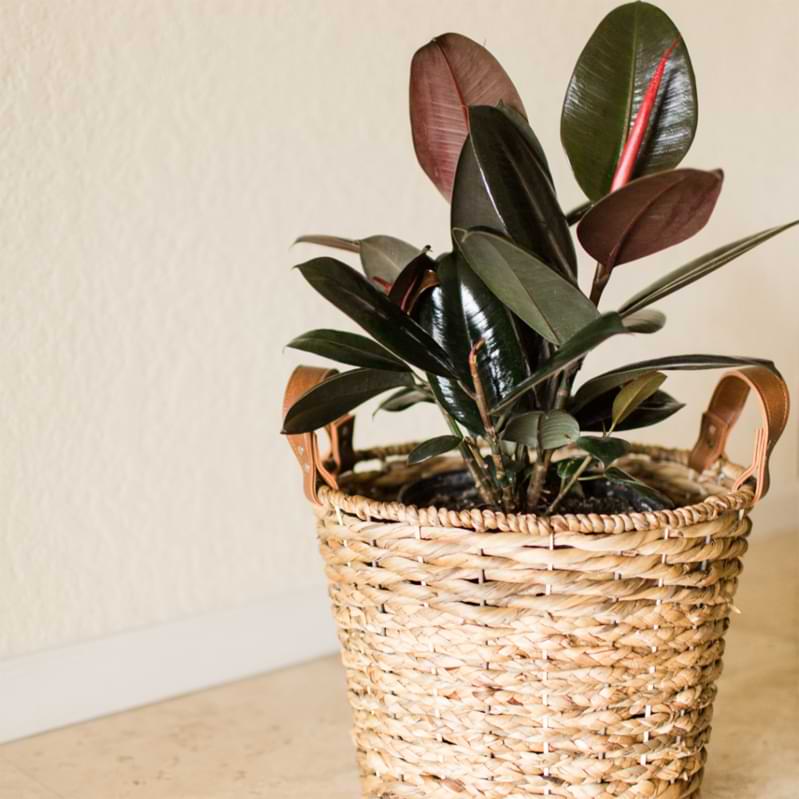
Growth and Size
Ficus Burgundy is a fast-growing tropical plant; with proper care, it can reach up to 10 feet indoors. Its beautiful oval-shaped glossy leaves also have a significant size of 4 inches in width.
Watering Requirements
The Ficus Burgundy requires ample watering during the growing season; however, it prefers the soil to dry out partially between watering cycles. Therefore, one should check the soil every few days to make sure the soil only dries out partially. During hot summer days, you may need to water your Ficus every couple of days, but ensure that you do not overwater, as this may cause root rot or root damage, which could lead to serious problems later.
Similarly, underwatering causes brown spots on leaves, usually accompanied by wilting of leaves and stems. This condition can be corrected by increasing the amount of water given to your plant each time it needs watering.
If you choose to use tap water, let it sit out for 24 hours so it will be free of chlorine and other chemicals that can harm your plant. Alternatively, you can use rain or distilled water for better results.
Light Requirements for Ficus Burgundy
Ficus Burgundy requires medium light exposure to thrive indoors, and it needs to be placed near windows to avoid direct sunlight, as this could result in scorching of leaves. The plant also performs considerably well when placed under fluorescent lights for about 12 hours daily, receiving enough light for healthy growth.
Over-exposure to light can cause leaf scorch, turning your leaves yellow or brownish in color. Consequently, underexposure can cause slow growth, and the foliage becomes more purplish.
Humidity and Temperature
The Ficus Burgundy is a tropical plant that requires high humidity and temperatures. It is sensitive to the cold and cannot survive if exposed to freezing temperatures.
The ideal temperature range of Ficus Burgundy is between 65°F and 80°F, with a relative humidity of 60% to 80%.
If the humidity level is not maintained within this range, the leaves will wilt and droop. If you notice this condition in your plant, you should increase the humidity level by employing a humidifier or placing a small tray filled with water next to it.
Maintenance
Ficus Burgundy is a very easy plant to maintain and grow. It is not that picky about light, temperature, or humidity. However, it needs occasional cleaning and pruning. You can prune and clean it up once every two months. Always use sharp pruning shears or scissors for trimming.
The pruning helps the plant to grow faster and healthier as the damaged leaves and branches are removed. Ensure you remove all dead woody branches so they don’t spread diseases or rot into the rest of the plant. After pruning, clean all tools with a disinfectant before using them again on another plant.
Furthermore, applying our Leaf Armor spray will help keep the foliage radiant and promote plant health by providing essential supplements to the leaves.
Ficus Burgundy Soil Requirement
Ficus Burgundy requires slightly acidic soil with good drainage. The plant can grow well in soil with a pH of 6.5 to 7.5. The soil should be slightly moist but not soggy.
The plant requires a soil mix rich in organic matter, well-draining, and retaining moisture. To make the task simple for you and to ensure your Ficus Burgundy healthily grows in premium soil, we have a soil mix specially constituted for the Ficus family.

Fertilizer
Ficus Burgundy is a happy indoor plant that does not require frequent fertilizing. However, using a balanced fertilizer during the growing season is recommended. Using our years of experience in Fiddle Leaf Fig plant care, we have developed a care bundle comprising Fiddle leaf fertilizer, potting mix, and root supplement. This package will take care of your plant needs from all aspects without you worrying about anything else.
The best time of day to fertilize your lovely plant is early morning or late afternoon when temperatures are cool and humidity is low.
Repotting Ficus Burgundy
Burgundy Ficus requires repotting every two years to maintain its growth and health. However, you can repot it anytime when you notice the signs of repotting. The common symptoms are roots bulging out of the drainage holes.
When you decide to repot the plant, grab a container one size larger than the current one and fill it with an appropriate potting mix.
Steps of Repotting
1) Water the plant a couple of days before repotting.
2) Gently remove your Ficus from its current container.
3) Remove extra roots circling each other and any dead or dying roots.
4) Fill one-third of the container with fresh potting soil and add houseplant multivitamins to supplement new growth.
4) Spread out your Ficus’ roots evenly over the top of new potting soil, then gently pack down on top of the soil until it is firm and settled firmly into place – this will encourage new root growth.
5) Water thoroughly using room temperature water.
Propagation
Ficus Burgundy can be successfully propagated through cuttings and grafting. The best time to do this is during summer or late spring when the plant is actively growing.
Take cuttings from the tips of young shoots with one or two leaves. Dip these cuttings in rooting hormone and place them in the potting mix. You can also wrap the cuttings with damp newspaper or cloth to keep them moist until they begin to root.
Toxicity
Certain parts of this plant, such as stems and leaves, are toxic if ingested by humans or pets and may cause nausea, vomiting, diarrhea, and even paralysis. Therefore, ensure that the children and pets don’t have access to this plant.
Pests
The common pests that attack this plant are Red Spider Mite, Scale, and Mealybugs. In case of a pest attack, treat them by applying neem oil or insecticidal spray.
Diseases
The common diseases related to this plant include bacterial leaf spots and Verticillium wilt. Both are caused by fungi and spread through spores. These fungi live on dead leaves and stems, spreading rapidly throughout the plant if it’s not taken care of properly.
Common Problems
The Ficus Burgundy may encounter common issues like brown spots on leaves and wilting or dying branches. Remove all infected parts immediately after noticing these symptoms by cutting them off or pruning them down to healthy tissue using sharp pruning tools.
FAQs
Is Ficus Burgundy easy to care for?
This plant is easy to care for and can thrive well in a bright and airy room, but it will not tolerate direct sunlight. It also needs frequent watering to keep the soil moist. If growing it in a pot, ensure the container has holes at the bottom to let out excess water, or use a woven seagrass plant basket for Fiddle Leaf Fig plants.
Is Ficus Burgundy an indoor plant?
It is an indoor plant because it does not tolerate cold weather, especially frost. It can survive in low temperatures but will not blossom when exposed to cold weather conditions for long periods.
Where should I place a rubber plant in my house?
You can place your rubber plant in any corner of your home where there is enough light and humidity. However, you should avoid placing it near air conditioners as they have a cooling effect on surrounding areas and may cause damage to your rubber plant’s leaves.
Final Verdict
The Ficus Burgundy is a beautiful perennial that makes an attractive houseplant with its thick glossy leaves and reddish variegation. This plant can flourish well if provided with appropriate care and a suitable ambiance. If you are planning to learn more about caring for this nature’s bounty, join our webinar for Fiddle Leaf Fig plants.
This striking beauty can make any space worth living with its presence and is a must have plant for all plant lovers. So, what are you waiting for? Hurry up and lighten your home with this loveliness.
Here are some of our most popular resources on fiddle leaf fig care to help you grow the happiest, healthiest, and most beautiful fiddle possible!
The Fiddle Leaf Fig Expert eBook


